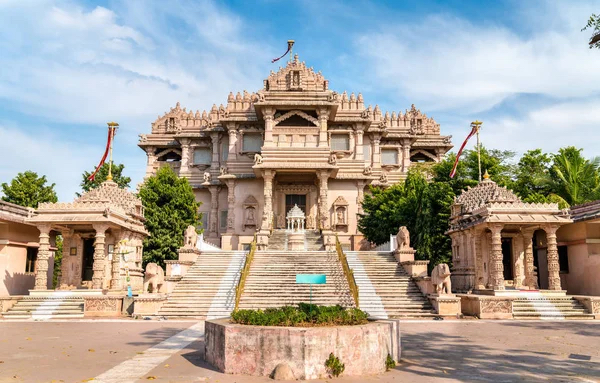8 July 2025—The International Conference on Intraplate and Himalayan Seismology (AES 2026) in Gandhinagar, India is a three-day technical conference organized by the Indian Society of Earthquake Science (ISES) and the Institute of Seismological Research, and sponsored in part by SSA.
Now Accepting Abstracts and Travel Grant Applications.
The 22-25 January 2026 meeting will bring together seismologists, geophysicists and other earth scientists to discuss research on seismic processes, hazards and risk management for earthquakes in intraplate regions, including but not limited to Himalaya.

Abstract submissions for AES 2026 are open through the SSA website. The submission period was extended to 30 September. Visas may be required to enter India. For a letter of invitation, please contact conference organizers by writing Dr. B.K. Rastogi at bkrastogi12@gmail.
Student and early-career scientists are invited to apply for an SSA travel grant by 15 August. Grant recipients will have their registration fees waived and receive free lodging courtesy of the conference organizers. These grants are available to individuals traveling from outside of India to attend the conference.
Registration and Field Trip Costs
- High Income Countries: US $800 for delegates, $ 500 for students. (Fees cover accommodation, food and local transport.)
- Low-income Countries: US $200 for delegates, US $100 for students (Fees cover accommodation, food and local transport.)
- India and Nepal: 5000 for delegates, Rs. 2000 for students. (Fees cover food and local transport.)
Download this brochure for more information.
Meeting Theme
In recent years scientists have recognized that intraplate regions or stable continental regions/ shield regions are more vulnerable to earthquakes than was once thought. The need to understand hazard associated with these earthquakes has provided the impetus for focused research that in turn has led to improved understanding of hazard and intraplate earthquake processes.
Meeting attendees will share recent advances in this field, including studies of crustal structure and tectonic processes; deformation, strain accumulation and long-term behavior of faults; understanding surface deformation through geodetic, geological and geophysical methods; paleoseismology and archeoseismology; and seismic hazard mapping and risk assessment for engineering.
The meeting will also feature a 22 January training workshop on digital data analysis for source mechanism and crustal structure. The workshop is free of charge and limited to 30 participants. Ph.D. students and early career seismologists may apply by emailing ises.isr.2025@gmail.com.
Attendees may also choose to join a field trip on 26-28 January to Bhuj (350 kilometers distant from the conference site) to visit the Earth Science Museum, White Rann, Kachchh Rann Utsav, and the Dholavira Harappan site.
Invited Speakers
- Sanjay Bora, Earth Sciences New Zealand
- Heather DeShon, Southern Methodist University
- Paula Figueiredo, North Carolina State University
- Marianne S. Karplus, University of Texas at El Paso
- Fola Kolawole, Lamont-Doherty Earth Observatory
- Vadim Levin, The University of Memphis
- Zhigang Peng, Georgia Institute of Technology
- Antonella Peresan, National Institute of Oceanography and Applied Geophysics, Italy
- Felix Waldhauser, Lamont-Doherty Earth Observatory
Thank you to Program/Technical Committee members Professor B. K. Rastogi, Dr. Sumer Chopra, Dr. Abhey Ram Bansal and Dr. K.M. Rao at the Indian Society of Earthquake Science, as well as SSA Past-Presidents Heather DeShon and Susan Hough and President-Elect Zhigang Peng for lending their expertise to the conference’s International Advisory Committee.
